Welcome back to the Good Trekker Series. We’re pleased to introduce our newest expert, Dr Yak! No one knows about living at high altitude like a yak and this yak has all the answers. We are also introducing our new Altitude Tip cards. A version of the card will be distributed to all three clinics this spring run by the Himalayan Rescue Association (HRA) in the villages of Manang in the Annapurna region and Pheriche on the Everest trek. They will also be available at Everest ER at Mt Everest base camp. Make sure you visit these hard working doctors at the clinics and ask for your Musa Masala Attitude Tips card!
Whether you live in Nepal or are just visiting, you are at risk for developing altitude illness if you go to the Himalayas. Symptoms such as headache, nausea and poor sleep can make your life miserable at high altitude. Instead of suffering from altitude illness, learn how to avoid it (keep reading this blog) so you can enjoy the beautiful views of the mountains!
Most treks in the Nepali Himalayas are well above 2,000m (6,500 ft), the altitude at which trekkers may start experiencing symptoms of acute mountain sickness (AMS). Many Nepalis live in Kathmandu (1,400m). Those at even lower lying regions (lowest altitude of 59m in Terai) are also at risk for developing AMS when they visit the Himalayas. So if a guide and a porter feels sick at high altitude, it’s likely due to altitude.

What are the symptoms of AMS?
Symptoms of AMS are similar to those of a HANGOVER. They include headache plus at least one of these: nausea/poor appetite, poor sleep, lassitude/feeling lazy and dizziness.
What causes AMS and what are the risk factors?
You can develop AMS when your body does not have time to adjust—or acclimatize—to high altitude, where the air has lower concentration and lower partial pressure of oxygen. Around 50% of trekkers develop AMS when traveling above 4000m. Each person takes a different amount of time to acclimatize. Alcohol and sedatives slow down the acclimatization process. The biggest risk factor for getting AMS is going up too fast! Trekkers who are in good physical shape or traveling on a tight schedule are especially at risk, as are porters who carry heavy loads and are in a hurry to reach their destination.
How can I prevent AMS?
- Follow the recommended ascent profile once you surpass 3,000m: ascend no more than 500m per day as your sleeping altitude. Stay at the same altitude for an extra night for every 1000m.
- Pay attention to your body and learn to recognize AMS symptoms.
- Avoid alcohol and sedatives (sleeping aids).
What should I do if I show symptoms of AMS?
- Stop any further ascent. (Do not ride a donkey up if you feel sick!)
- Take simple painkillers (ibuprofen, paracetamol) for a headache.
- Hydrate, as symptoms of dehydration can mimic symptoms of AMS.
- Take acetazolamide (Diamox) 250mg twice daily.
- Go back down if your symptoms are severe.
- NEVER LEAVE A SICK PERSON ALONE.
When is it safe to continue ascending?
You may continue your trek when your symptoms resolve. If you started taking Diamox, continue taking it for the duration of your trek.

What are HAPE and HACE?
High altitude pulmonary edema (HAPE) and high altitude cerebral edema (HACE) are more dangerous, potentially fatal conditions that can develop at high altitude. People with HAPE have fluid in their lungs and thus struggle to breathe, cough and experience severe fatigue. People with HACE have brain swelling and act DRUNK (confused, disoriented, can’t walk in straight line). These people are very sick and need to DESCEND immediately and seek medical care. They should never be left alone. Administer OXYGEN if it’s available.
Eager to learn more or wondering how you’ll remember all of this? GOOD NEWS! Musa Masala now provides Altitude Tips in a handy card format that you can print and laminate for your upcoming trek in Nepal or whatever other high place you are off to. To download the card click both of these links: FRONT BACK
Thanks, Dr. Yak! Everyone stay tuned for our next next post by the doctor, Altitude Illness Myths Debunked.

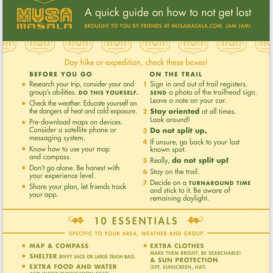
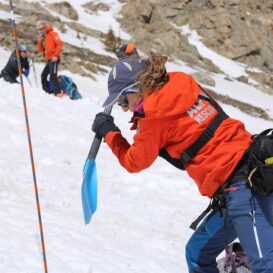
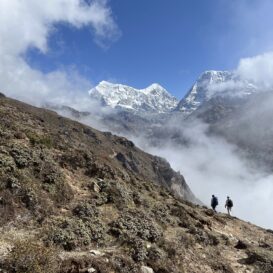
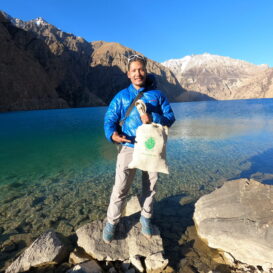
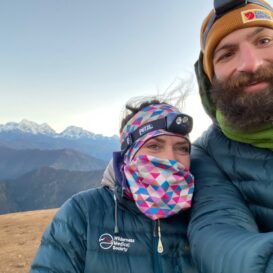
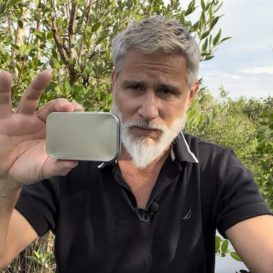
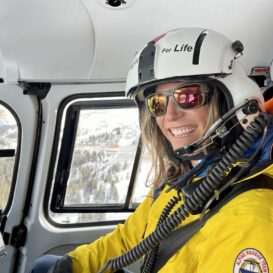
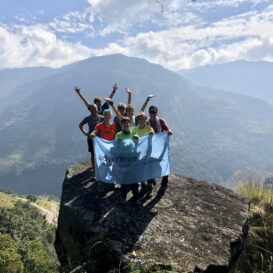
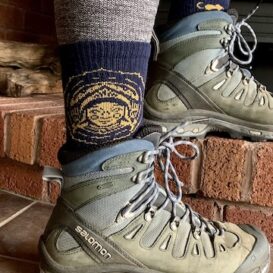



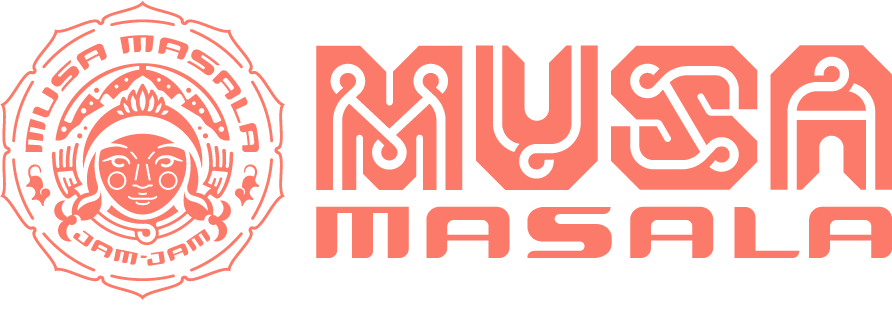
I don’t know the way i wound up the following, nevertheless i thought the following submit had been very good. I do not recognize whom you are nevertheless unquestionably you’re going to a new well-known blog writer if you aren’t by now. Regards! I don’t know the way i wound up the following, nevertheless i thought the following submit had been very good. I do not recognize whom you are nevertheless unquestionably you’re going to a new well-known blog writer if you aren’t by now. Regards!
Thank you, we are only a few years late getting back but we appreciate your comment. We have been very fortunate to get these cards out to many groups to help them with their clients when they go to altitude.
Very informative post. Thank you for sharing this with us.
Hey thank you for your comment. You can find many more good tips and information about traveling and treating patients at altitude at our YouTube channel where we have some great interviews with the doctors at Everest ER.
We hope you are well and thanks again.